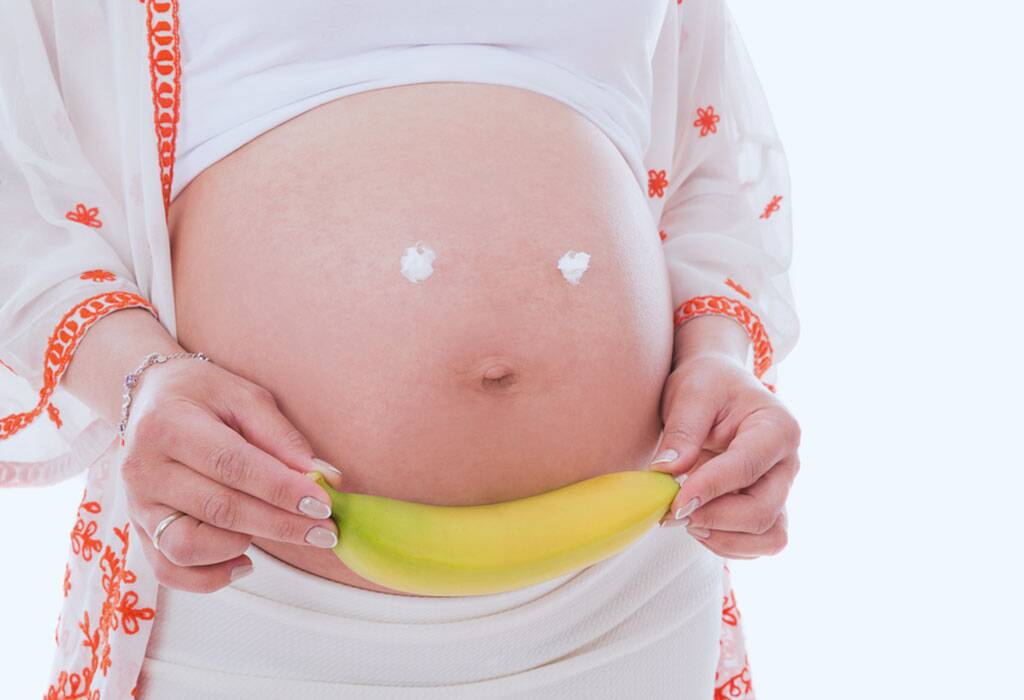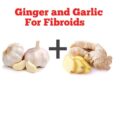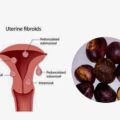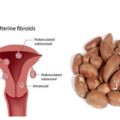Bananas are listed among the world’s most popular fruits. Native to Southeast Asia, they are now grown in many warm parts of the world. Bananas vary in color, size and shape. The most common type is the Cavendish, which is a type of dessert banana. Green when unripe, it yellows as it matures.
A wide variety of health benefits are associated with the curvy yellow fruit. Bananas are high in potassium and pectin, a form of fiber; they can also be a good way to get magnesium and vitamins C and B6. Bananas are known to reduce swelling, protect against developing Type 2 diabetes, aid in weight loss, strengthen the nervous system and help with production of white blood cells, all due to the high level of vitamin B6 that bananas contain.
Bananas are also high in antioxidants, which can provide protection from free radicals, which we come into contact with every day, from the sunlight to the lotion you put on your skin.
What are fibroids?
According to Healthline, fibroids are abnormal growths that develop in or on a woman’s uterus. Sometimes these tumors become quite large and cause severe abdominal pain and heavy periods. In other cases, they cause no signs or symptoms at all. The growths are typically benign, or noncancerous. The cause of fibroids is unknown.
According to the Office on Women’s Health, up to 80 percent of women have them by the age of 50. However, most women don’t have any symptoms and may never know they have fibroids.
What are the different types of fibroids?
The type of fibroid a woman develops depends on its location in or on the uterus.
Intramural fibroids: Are the most common type of fibroid. These types appear within the muscular wall of the uterus. Intramural fibroids may grow larger and can stretch your womb.
Subserosal fibroids: Form on the outside of your uterus, which is called the serosa. They may grow large enough to make your womb appear bigger on one side.
Pedunculated fibroids: Subserosal tumors can develop a stem, a slender base that supports the tumor. When they do, they’re known as pedunculated fibroids.
Submucosal fibroids: These types of tumors develop in the middle muscle layer, or myometrium, of your uterus. Submucosal tumors aren’t as common as the other types.
What causes fibroids?
It’s unclear why fibroids develop, but several factors may influence their formation.
Hormones
Estrogen and progesterone are the hormones produced by the ovaries. They cause the uterine lining to regenerate during each menstrual cycle and may stimulate the growth of fibroids.
Family history
Fibroids may run in the family. If your mother, sister, or grandmother has a history of this condition, you may develop it as well.
Pregnancy
Pregnancy increases the production of estrogen and progesterone in your body. Fibroids may develop and grow rapidly while you’re pregnant.
Preventing and managing fibroids with Banana
Doctors usually recommend watchful waiting for women who don’t have symptoms of fibroid or whose symptoms don’t affect their quality of life. This approach means your doctor will monitor you to determine if there are changes that require more aggressive treatment. While you cannot totally prevent fibroids, your doctor may suggest modifying your diet, which might help slow fibroid growth or ease fibroid symptoms. In Nigeria, foods that fight fibroids are limited but one of the very useful ones is banana.
Why Banana is listed as a Fibroid Fighting Food
Banana is listed among the 7 foods for shrinking fibroids because it is a highly nutritious food. Banana is loaded with fiber, both soluble and insoluble. High fiber foods like banana aid weight loss and balance hormones. They also help to keep blood sugar levels steady. For these reasons, fiber may help prevent and slow the growth of fibroids. Balancing your hormone levels can help manage fibroid development and symptoms since hormones, particularly estrogen, are one of the leading causes of new fibroid development and growth. And one easy, non-invasive way to balance your hormones is through the inclusion of fiber rich foods like banana into your diet.
Bananas are rich in the mineral potassium, one medium sized banana contains 422 milligrams (mg) of potassium. Potassium helps maintain fluid levels in the body and regulates the movement of nutrients and waste products in and out of cells. Potassium also helps muscles to contract and nerve cells to respond. It keeps the heart beating regularly and can reduce the effect of sodium on blood pressure. Potassium rich banana can also help to lower your risk of fibroids, and will also balance your blood pressure. Research shows that a high number of women with severe fibroids also have high blood pressure.
The primary complication of fibroids is iron-deficiency anemia, which develops from significant blood loss due to heavy menstrual flow. In such cases, using an iron rich diet to treat or prevent anemia may be useful. Due to the high iron content in bananas, they are good for those suffering from fibroid induced anaemia.
Research has shown that the coexistence of Inflammatory Fibroid Polyp with Crohn’s disease causing obstructive ileus could be the first manifestation of the disease. Bananas have been shown to improve symptoms in people with inflammatory bowel disease (IBD), according to a 2012 study. ALSO READ: Can Bitter Kola Remove or Shrink Fibroid?






